STIR/SHAKEN statistics from May 2023
The May 2023 STIR/SHAKEN and robocall statistics are now available. The data show continued steady improvement in several areas.
We’ve been publishing monthly STIR/SHAKEN statistics since April 2021. These numbers are gathered from over 100 voice service providers using our STIR/SHAKEN and robocall prevention solutions. The data describe calls they received from 634 other voice service providers that originated calls, including some robocalls, signed with STIR/SHAKEN.
Many robocalls are signed with B or C attestation
Calls signed with B attestation Were 5.4 Times more likely to be robocalls
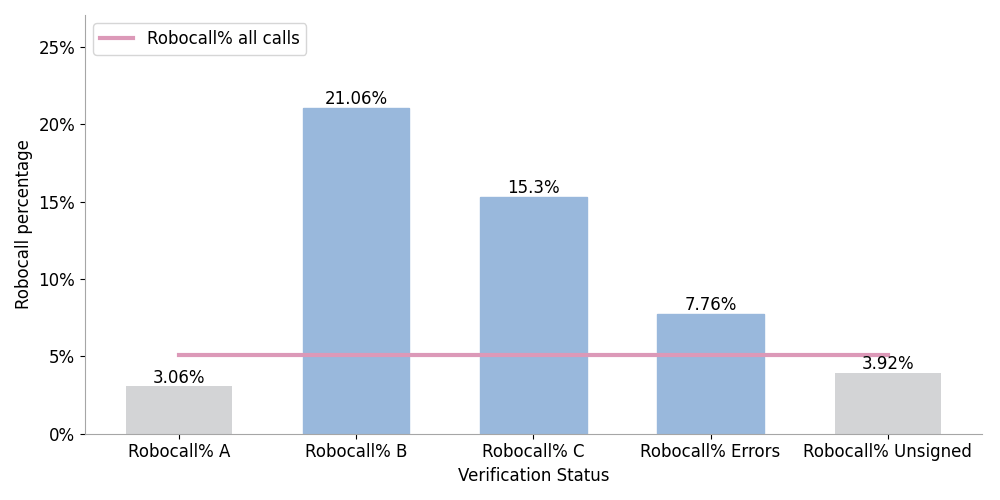
Figure 1. Robocall % by Verification Status
Figure 1 compares the percentage of robocalls by attestation level, for unsigned calls, and for all calls in May 2023. Notice that calls signed with B- or C-level attestation include a high percentage of robocalls. Calls signed with B-level attestation were 5.4 times more likely to be robocalls than unsigned calls.
Robocalls signed with B or C attestation persist
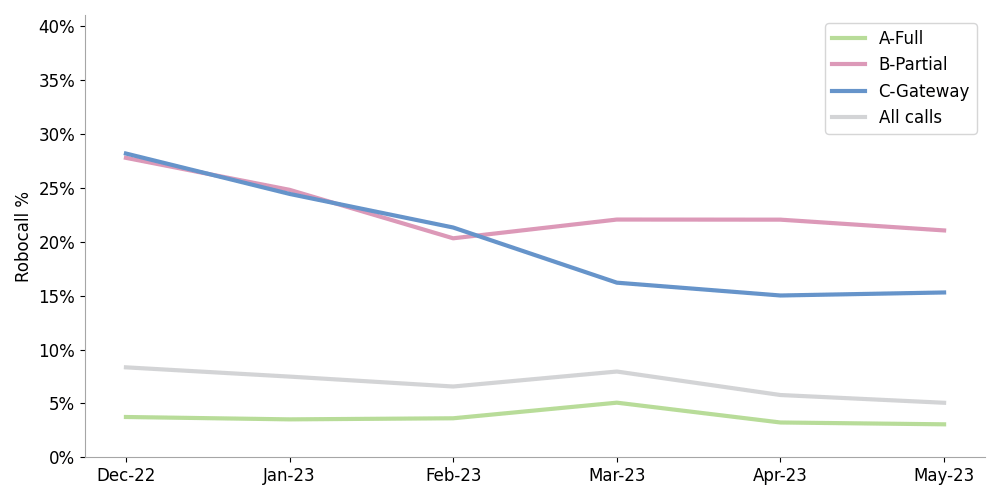
Figure 2. Signed Robocalls by Attestation Last 6 Months
Figure 2 shows this trend over the past six months. Notice that the red and blue lines (B and C calls) are much higher than the gray line (all calls). The percentage of robocalls among calls signed with C-level attestation has been on a downward trend, from 28.2% in December to 15.3% in May. The percentage of robocalls among calls signed with B-level attestation has been hovering around the 20%–28% range, averaging 23% over the past six months and dropping to 21% in May—a welcome improvement.
SHAKEN participation is picking up
We measure STIR/SHAKEN participation changes in three ways:
- Originating Service Providers (OSPs) signing calls received by our customers,
- Service providers authorized to do SHAKEN by the STI Policy Administrator (STI-PA),
- New certification filings in the Robocall Mitigation Database (RMD).
SHAKEN signing is gaining momentum
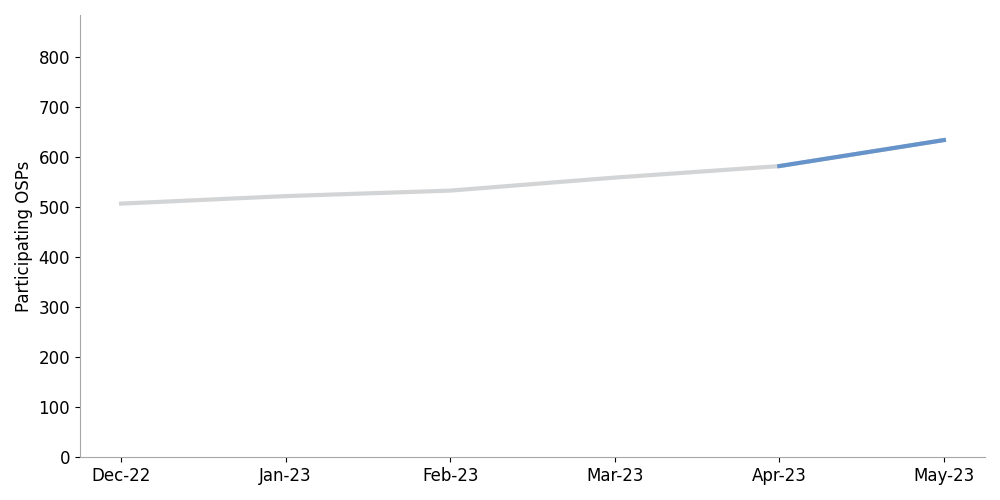
Figure 3. Monthly Number of OSPs Sending Signed Calls
Figure 3 shows the number of Originating Service Providers (OSPs) signing calls. This had been increasing by about 10/month in previous months. We observed 52 new SHAKEN signers in May, an 8.9% increase over April.
The number of SHAKEN-authorized providers is trending upward
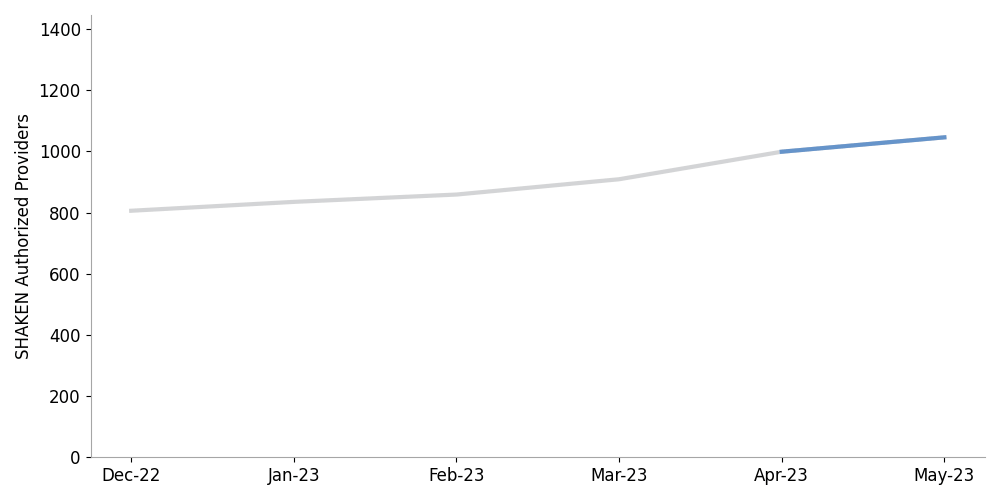
Figure 4. STIR/SHAKEN Authorized Providers by Month
Figure 4 shows the number of SHAKEN authorized providers. As with OSP signers, this number has an upward trend that has been increasing in recent months. There were 47 new SHAKEN authorized providers in May, a 4.7% increase over April.
New Robocall Mitigation Database filings trickle in
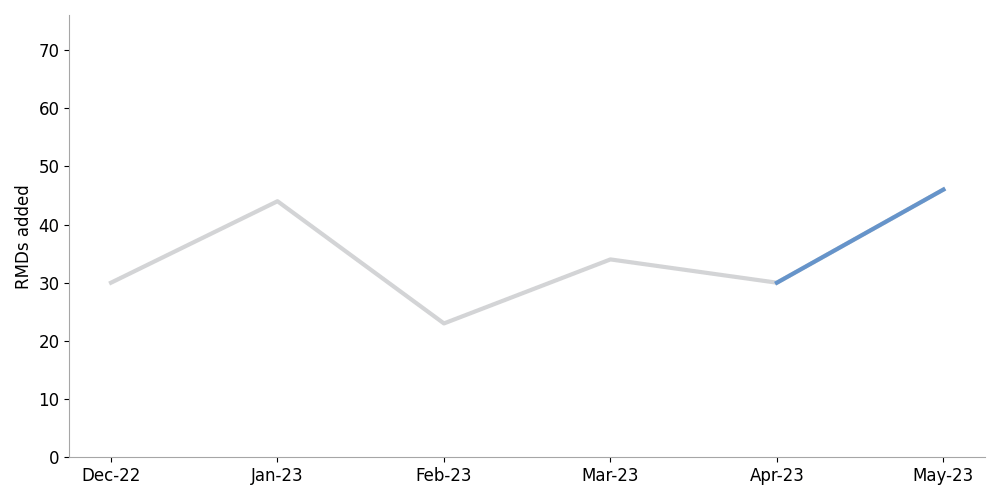
Figure 5. New Robocalls Mitigation Database Filings by Month
Figure 5 shows that new certification filings in the Robocall Mitigation Database are trickling in. This statistic has been ranging around 23–46 new filings each month over the last six months, with a slight jump to 46 new filings in May. We expect this number to jump when the new RMD filing requirements in the Sixth Order become due.
These three measures show that the STIR/SHAKEN participation trend is picking up momentum as we approach the June 30 deadline for small facilities-based and gateway providers.
Most calls reach their destination unsigned
Most calls arrive unsigned
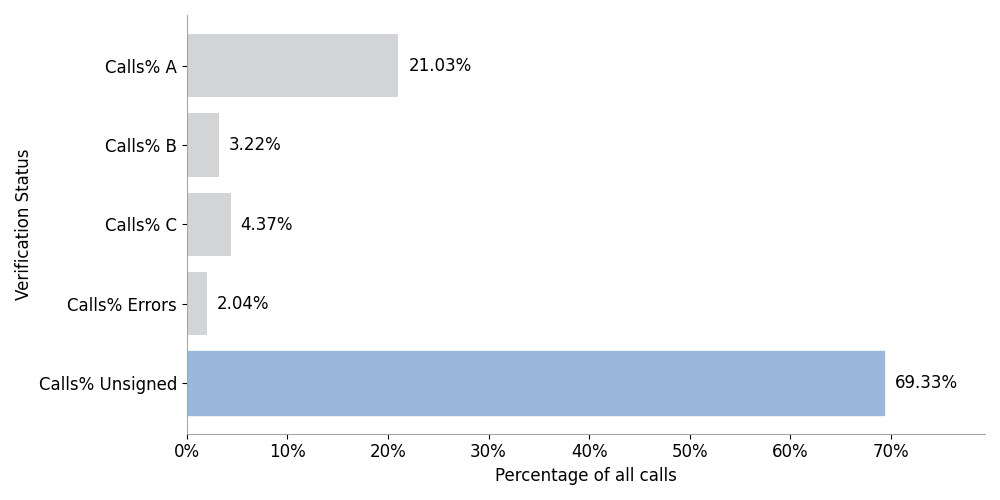
Figure 6. Percentage of Calls by Verification Status
Figure 6 shows that most calls arrive for termination unsigned in May.
Signed calls at termination up slightly
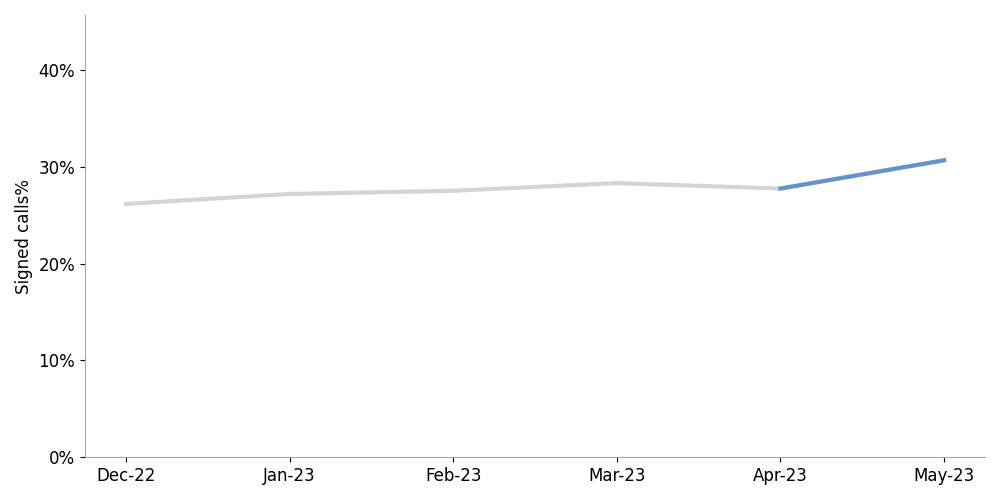
Figure 7. The Percentage of Signed Calls at Termination Last 6 Months
Figure 7 shows the percentage of signed calls at termination for the past six months. This figure had been hovering around 24%. In recent months, we’ve observed this number slowly increasing, reaching 30.67% in May. This is the highest level of signed calls at termination we’ve observed. More good news!
Calls with full attestation improving
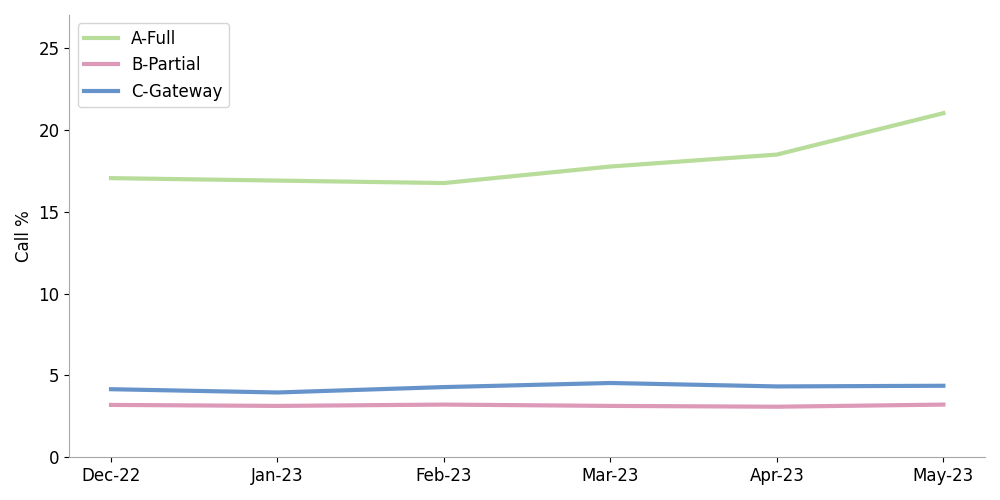
Figure 8. Percentage of Calls with SHAKEN Attestation Levels Last 6 Months
Figure 8 shows that the percentage of calls signed with full attestation has been inching up slowly over the past six months, from 17% in November to 21% in May. We view this as one of the most important trends in the set, as full attestations are the most useful for robocall prevention. However, recent analysis shows us that there are problems with A-level attestations made by prolific robocall signers.

Patterns among prolific robocall signers
Here are robocall and attestation statistics for the top 10 SHAKEN-authorized providers ranked by the percentages of robocalls identified among their signed calls.
Robocalls with A-level attestation decreasing, B- level increasing
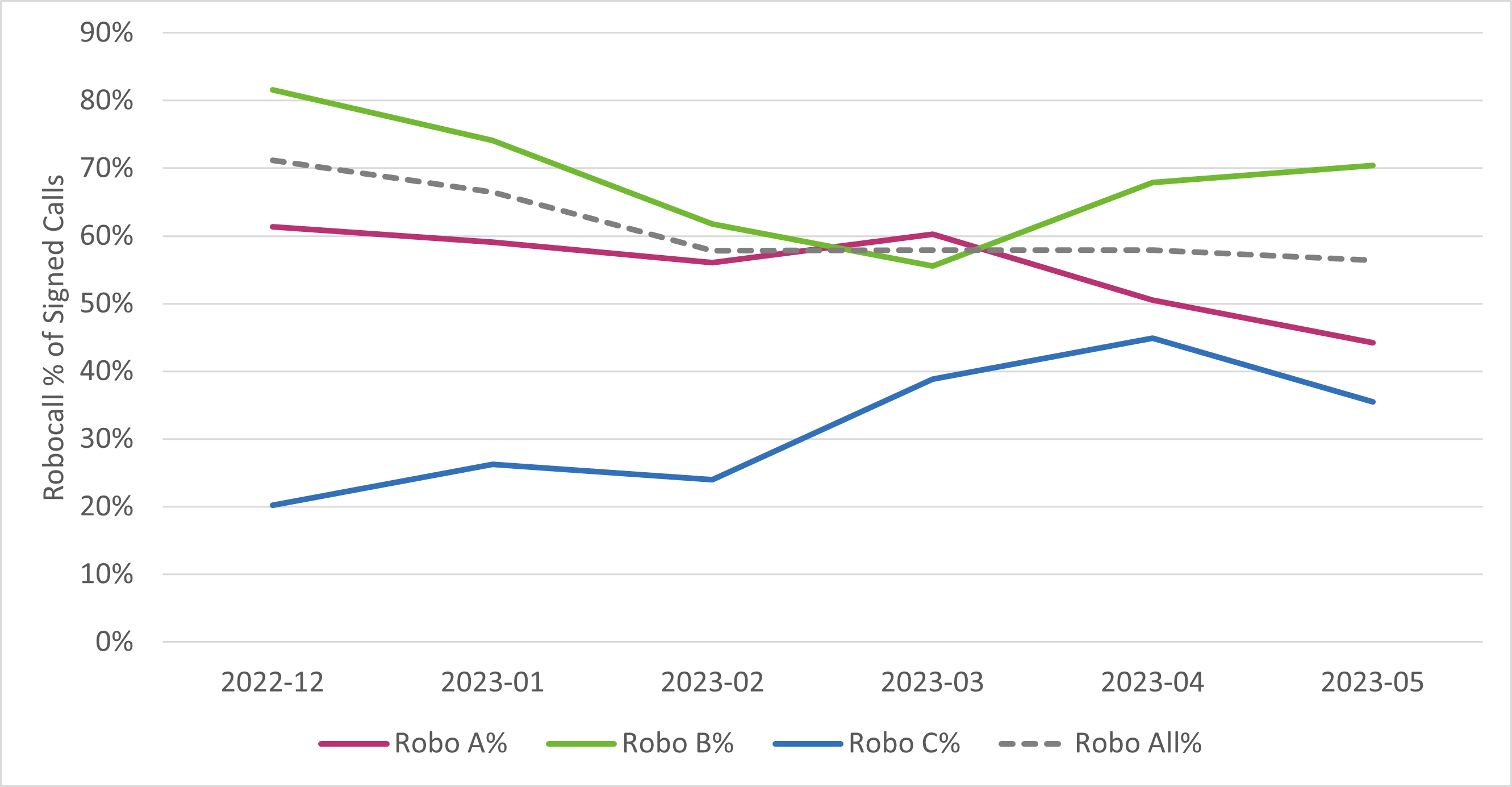
Figure 9. Robocall Percentage by Attestation—Prolific Robocall Signers by Robocall %
Figure 9 shows that calls signed with A-level attestation (red line) had the highest percentage of robocalls of any attestation level for these providers in March. A-level attestations weren’t looking so good.
Since then, the robocall percentage of calls signed with A-level attestation has dropped, while robocalls signed with B-level attestation have rebounded among prolific robocall signers.
The gray dashed line shows that the overall percentage of robocalls for prolific robocall signers has been dropping over the past six months—another good sign.
Fewer calls getting an A-level attestation
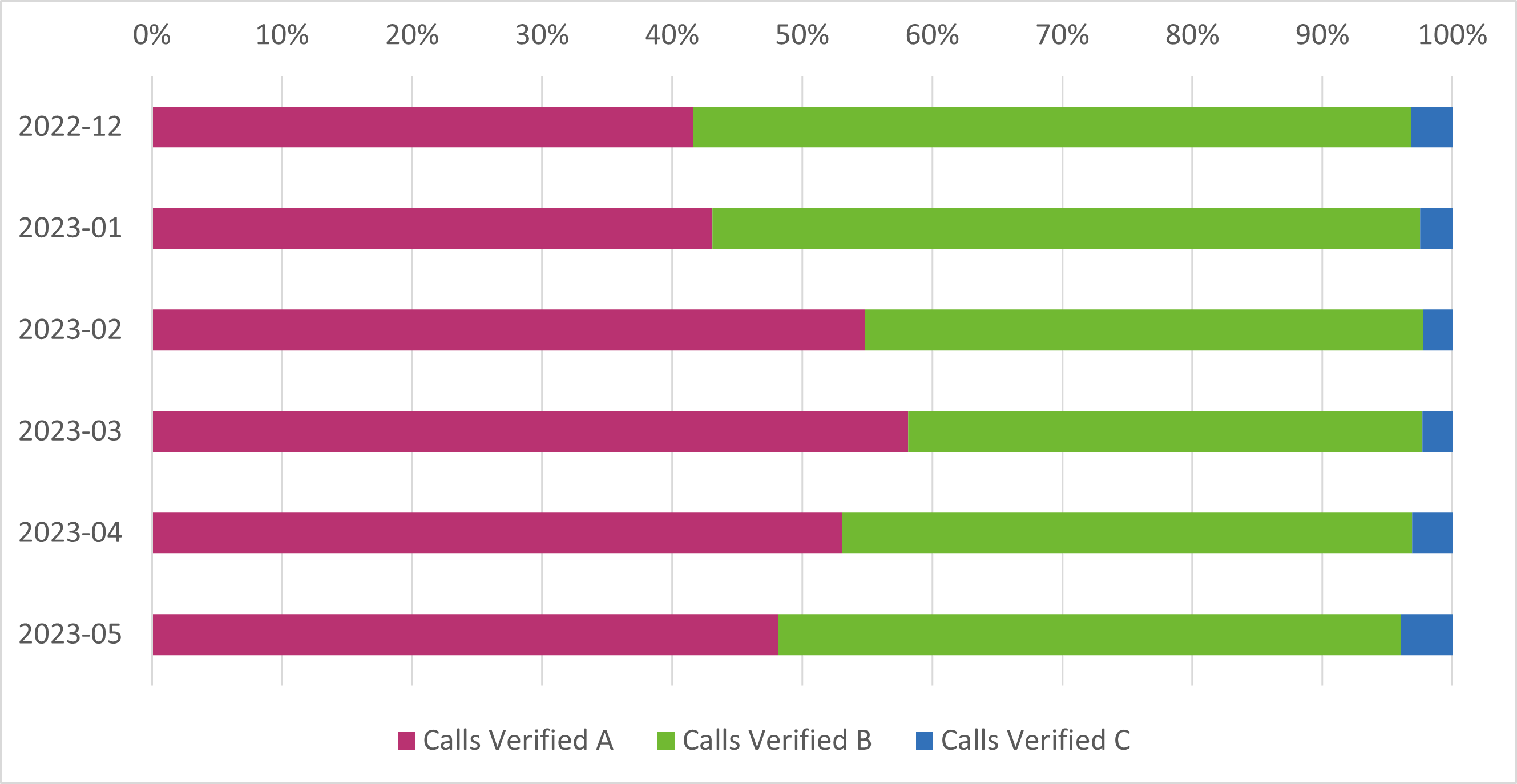
Figure 10. Attestation Allocation—Prolific Robocall Signers by Robocall %
Figure 10 shows the attestation allocations for all calls received from these prolific robocall signers. Ordinarily, we’d like to see more A-level attestations. However, we are suspicious of the full attestation claims made by prolific robocall signers. Some of these signers are primarily transit providers, who should not be signing calls with A-level attestation. A decrease in A-level calls might be a good thing.
Recap
- Robocalls signed with B- or C-level attestation remain a problem among the overall population of STIR/SHAKEN signers. However, we’re seeing a gradual, steady improvement.
- STIR/SHAKEN participation continues to improve.
- The percentage of signed calls received at termination remains low, despite increasing SHAKEN participation. This is largely due to the non-IP SHAKEN exemption. More calls are being signed, but call authentication information is lost when calls cross a non-IP segment, such as at a TDM switch.
- Robocall percentages among the top 10 prolific robocall signers remain high but are declining slowly.
TransNexus solutions
TransNexus is a leader in developing innovative software to manage and protect telecommunications networks. The company has over 20 years’ experience in providing telecom software solutions including toll fraud prevention, robocall mitigation and prevention, TDoS prevention, analytics, routing, billing support, STIR/SHAKEN and SHAKEN certificate services.
Contact us today to learn more.
Our STIR/SHAKEN products:
- Work with your existing network
- Support SIP and TDM
- Affordable, easy to deploy